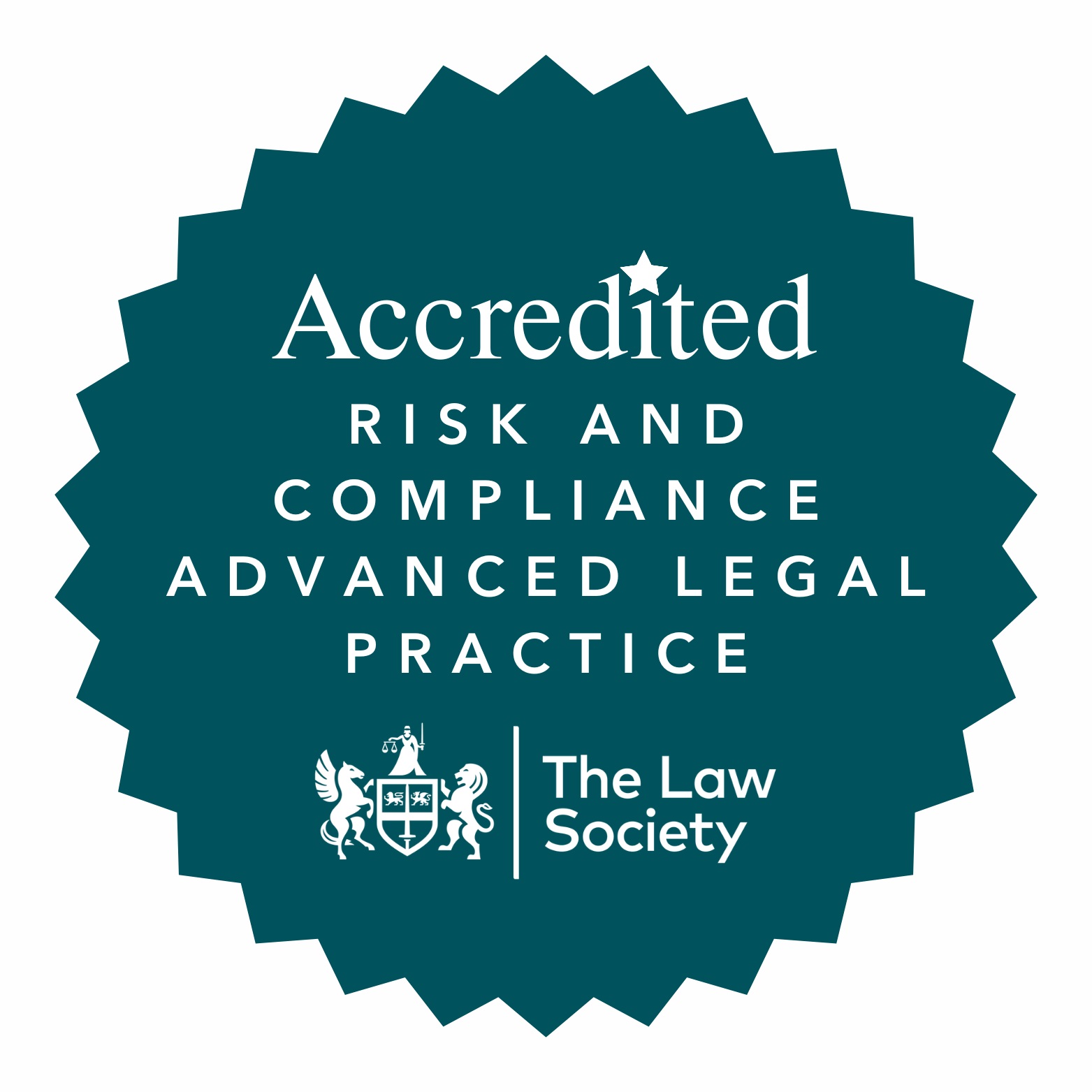On 26 October 2024, The Worker Protection (Amendment of Equality Act 2010) Act 2023 came into force, which introduced a new duty on employers to proactively prevent sexual harassment in the workplace. The introduction of the new duty strengthens existing laws and underscores a growing expectation for employers to create safe and respectful working environments for its employees
What Is Sexual Harassment?
Sexual harassment is defined under Section 26(2) of the Equality Act 2010 as “unwanted conduct of a sexual nature that has the purpose or effect of violating an individual’s dignity, or creating an intimidating, hostile, degrading, humiliating, or offensive environment for that individual.”
Crucially, although is the case in some circumstances, the perpetrator need not intend harm as is the definition covers the effect on the victim which is a subjective test qualified only by whether it is “reasonable” for the victim to have that view. The behaviour can be a single incident or form part of a wider pattern of behaviour and may include:
- Unwanted physical contact
- Inappropriate or persistent suggestions of a sexual nature
- Displaying or sending pornographic content
- Sexual advances or suggestive comments
- Offensive messages via email, text, or social media
Vicarious Liability and the “All Reasonable Steps” Defence
Employers can be held legally responsible for harassment carried out by their employees in the course of their employment. This principle of vicarious liability means both the employer and individual perpetrator can face legal claims, often in the same proceedings.
The only way employers can escape vicarious liability is by showing that they took “all reasonable steps” to prevent the harassment from occurring.
What Has Changed?
Employers now have a legal duty to take proactive “reasonable steps” to prevent sexual harassment in the workplace. While the “all reasonable steps” defence remains, employers are now required to proactively implement “reasonable steps” as a matter of legal obligation — not just as a shield from liability in respect of sexual harassment claims from employees.
Importantly, this new duty sits alongside and in no way replaces or alters the existing obligations under s26(2) of the Equality Act 2010. It does not establish an independent cause of action for employees to pursue in an employment tribunal, however where a tribunal upholds a sexual harassment complaint and further holds that an employer failed in its duty to take “reasonable steps” to prevent sexual harassment, a tribunal may increase compensation awarded in the sexual harassment claim by up to 25%. Given that there is no upper limit on the compensation for harassment, this increase could be substantial.
The Role of the Equality and Human Rights Commission (EHRC)
Under the new duty, the EHRC has been granted enhanced enforcement powers. These include the ability to:
- Investigate breaches
- Require employers to produce action plans
- Enter into legally binding agreements
- Apply for injunctions to stop unlawful conduct
This signals a more rigorous approach to holding employers accountable and promoting workplace culture change.
What Should Employers Be Doing Now?
The duty to prevent sexual harassment in the workplace is an anticipatory duty which requires action before issues arise. The EHRC has published an eight-step guide for employers, which includes the following key actions:
- Develop and Communicate an Anti-Harassment Policy
Ensure your sexual harassment policy clearly states that harassment is unlawful, will not be tolerated, and may result in disciplinary action. Include practical examples relevant to your workplace and reference harassment by third parties.
- Engage Your Staff
Raise awareness of reporting procedures and make it clear that what the consequences of breaching the sexual harassment are. Encourage feedback from employees through surveys, staff forums, liaison groups or informal discussion groups.
- Conduct Risk Assessments
Identify potential sexual harassment risks in your workplace, using risk assessments. Risk assessments should include input from staff surveys, complaints data, and exit interviews. Pay attention to any power imbalances, social dynamics, and external threats from third parties (such as customers, client and suppliers).
- Implement Clear Reporting Mechanisms
Provide clear and accessible channels for reporting, such as hotlines or designated personnel. Investigate reports of sexual harassment swiftly.
- Deliver Effective Training
Conduct regular, relevant training for all staff, especially managers. Use real-life examples and tailor sessions to your specific industry and risk profile.
- Act Decisively on Complaints
Respect confidentiality, support victims, and consider temporary adjustments to working arrangements. If the alleged sexual harassment amounts to a criminal offence, support the employees if they wish to report it to the police.
- Address Third-Party Harassment
Take steps to prevent harassment from a third party (including clients, customers, or visitors), such as displaying warning notices or playing re-recorded recording messages at the beginning of telephone calls. If sexual harassment by a third party occurs take action to prevent harassment from happening again, action could include issuing warnings, banning offenders, or reporting incidents to the police.
- Monitor, Evaluate and Record
Regularly assess the effectiveness of your policies and actions. Keep detailed records of training, complaints, investigations, and cultural audits to demonstrate your compliance if needed.
Embedding a Culture of Prevention
Beyond policies and procedures, employers should take visible steps to show commitment — such as signage in the workplace, clear messaging on websites and intranet, and reminders ahead of work events where risks may increase (e.g. those involving alcohol).
The new duty marks a cultural turning point in UK employment law. By acting now, employers not only reduce legal risk but also foster safer, more inclusive workplaces for everyone.
We would recommend that employers familiarise themselves with the EHRC Duty on employers to prevent sexual harassment of workers technical guidance.
DTM Legal’s Employment & HR team is here to help. Whether you’re reviewing your policies, delivering staff training, or responding to a workplace complaint, our experienced solicitors can provide the practical, commercial advice your business needs to stay compliant and foster a safe, respectful working environment.
Head of Employment
0151 230 1217
Solicitor
01244 668 759








